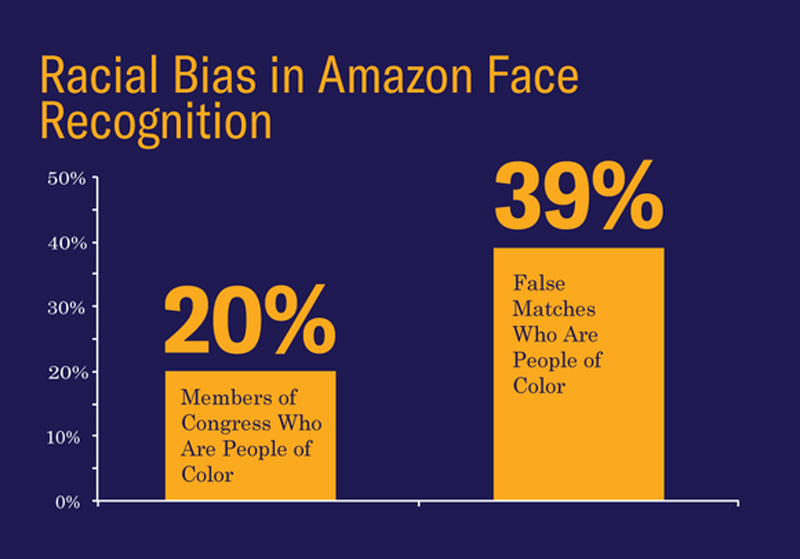Amazon.com might be experimenting with a new seller verification programme which requires sellers wishing to register across its site to record a five-second video of their face.
The rumours first surfaced when a Vietnam based retailer who wished to remain anonymous shows how we were ‘forced’ by the online retailing giant to share a video of his face while signing up for selling.
“We will record a 5-second video of your face,” read the prompt which the seller later shared with BuzzFeed News via a screenshot. “The video will be encrypted and stored for identification purpose. To proceed, enable access to your webcam.”
The vendor also shared that the prompt did not come with an option to decline to submit his facial video during the signup, nor was he able to see his video (or the option to take it off) across his seller profile later on.
It is being widely conjectured that Amazon has recorded/is recording these five-second long video snippets as a part of measures to clamp down upon fake sellers and sellers of counterfeit goods.
Experts are also pointing out that by collecting such videos, the online retailing giant’s might be planning to use Rekognition, its facial recognition programme, to identify users. The video recordings might be put to use in future and compared to any attempts to login later.
Understandably, the Seattle based tech giant was grilled by newspersons aware of the development but the company refused to share any information or offer any explanation whatsoever. The company did not, however, dispute the authenticity of the screenshot shared by the vendor or of the facial verification process.
Totally tight-lipped about its newly reported policy of collecting seller facial videos, Amazon also refused to elaborate on whether it had gone to make the required changes to its seller agreements and privacy policies before collecting and storing biometric data.
“Amazon is always innovating to improve the seller experience,” was all that the company spokesperson had to offer by way of explanation.
Amazon And Its Rekognition Technology
Amazon’s controversial Rekognition Technology is capable of detecting and recognizing text in images. Also, if up for real-time face recognition, it can scan tens of millions of faces while throwing up the 100 best matches even under the most challenging conditions.
The use of this technology and calls for its restricted rollout were first reported in 2018 when Amazon was accused of trying to sell the Rekognition software to US officials.
In the recent past, this tool has been accused of gender and racial biases and thus come under flak.
“Is Amazon using this data for purposes beyond seller verification?” Matt Cagle, a California based technology and civil liberties attorney, wanted to know.
“Amazon should make it crystal clear they are not exploiting this sensitive face data to, for example, enrich the face surveillance product that a coalition of 90 groups just demanded the company stop providing to governments.”
In the absence of any clarification from Amazon, it is not yet clear whether the collection of such biometric details is indicative of a broader deployment of Rekognition later. It’s important to note that for all AI (Artificial Intelligence) based system collecting data is essential to train and clock a higher degree of accuracy. Just a few days ago another tech giant, Facebook was also accused of collecting data to train its AI-based facial recognition system through the ongoing #TenYearChallenge.
In the case of Amazon, what is very obvious however is that the giant is determined to rid its platform of sellers who go on to create multiple accounts, ghost or stealth accounts.
Sellers registering across Amazon are presently required to verify their identity through various documents like a state-issued ID, a tax ID, a bank statement of their business account and business address, among others. But smart sellers make use of loopholes within this framework and run multiple accounts, making it difficult (and in some cases, impossible) for Amazon to identify sellers of counterfeit goods.
While Amazon’s intention of trying to keep things fair across its site must be lauded, the site owners will have to address issues related to civil liberties before they can put this technology to use.



